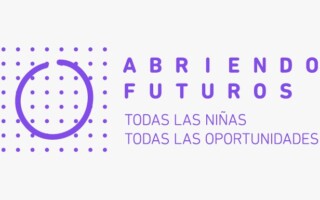
Girls—especially the most socially and economically marginalized—are often cited as key beneficiaries of health and development initiatives. However, unless they are included in specific, intentional recruitment efforts, they are likely to receive a disproportionately low, even negligible, share of the benefits.
Good intentions aside, some “youth”, “adolescent”, or “girls’” programs do not apply targeted, evidence-based practices and therefore reach fewer girls than they intended or could. Some programs, whether intentional or not, end up directing the majority of benefits to those who are better off and not to those most in need.
The Girl Roster was developed by the Population Council, in close collaboration with the Women’s Refugee Commission and other operational organizations of the Girls in Emergencies Collaborative.
The tool is a user-friendly, efficient, and cost-effective way to collect program-relevant information about girls in the community using a mobile phone–based questionnaire (and where resources do not permit, paper and pencil).
It enables its users to see a fuller view of girls’ lived realities in defined program areas, comprising walkable or travelable communities. Within those boundaries, the identified girls are sorted into meaningful segments by age; school-going, marital, and childbearing status; and living arrangements (living with two, one, or neither parents/guardian).
The process of implementing the tool, as well as the information collected, helps local practitioners, with additional community dialogue and engagement, design prototypes or modify existent programs serving different segments of girls.
The information allows practitioners to assess the degree to which populations are “on-” or “off-track,” according to locally affirmed commitments and laws around education, marriage, and childbearing, and provides insights into living arrangements with parents and the girls’ access to resources. Because the questions do not collect personal information and are not directed at the girls themselves, but rather to the female heads of household, the tool helps build stronger connections between practitioners and community members, without sacrificing girls’ safety or privacy.
The results are quickly generated into displays of information in a variety of output tables designed for practitioners to make topline assessments of when and to what degree segments of girls are at risk.
The Girl Roster has been utilized by approximately 100 organizations in more than 35 countries and translated into more than 15 languages. It has been used by large, multilateral and bilateral organizations, governments, small community-based organizations, and national networks.
Humanitarian partners, including the Women’s Refugee Commission (as part of its I’m Here Approach), have led field adaptations and translations of the Roster specifically in emergency settings, such as in Lebanon, South Sudan, and Iraq. These field experiences have continued to inform the tool’s evolution.
With interactive technical assistance from the Population Council and partners, insights from the Girl Roster’s implementation improves the effectiveness of practitioners on the ground and informs scalable plans that increase program coverage so that the most at-risk girls receive the health, social, economic, and cognitive assets they need at the right time to make a real and sustained difference.
For more information on how to access the tool, please contact girlroster@popcouncil.org.




